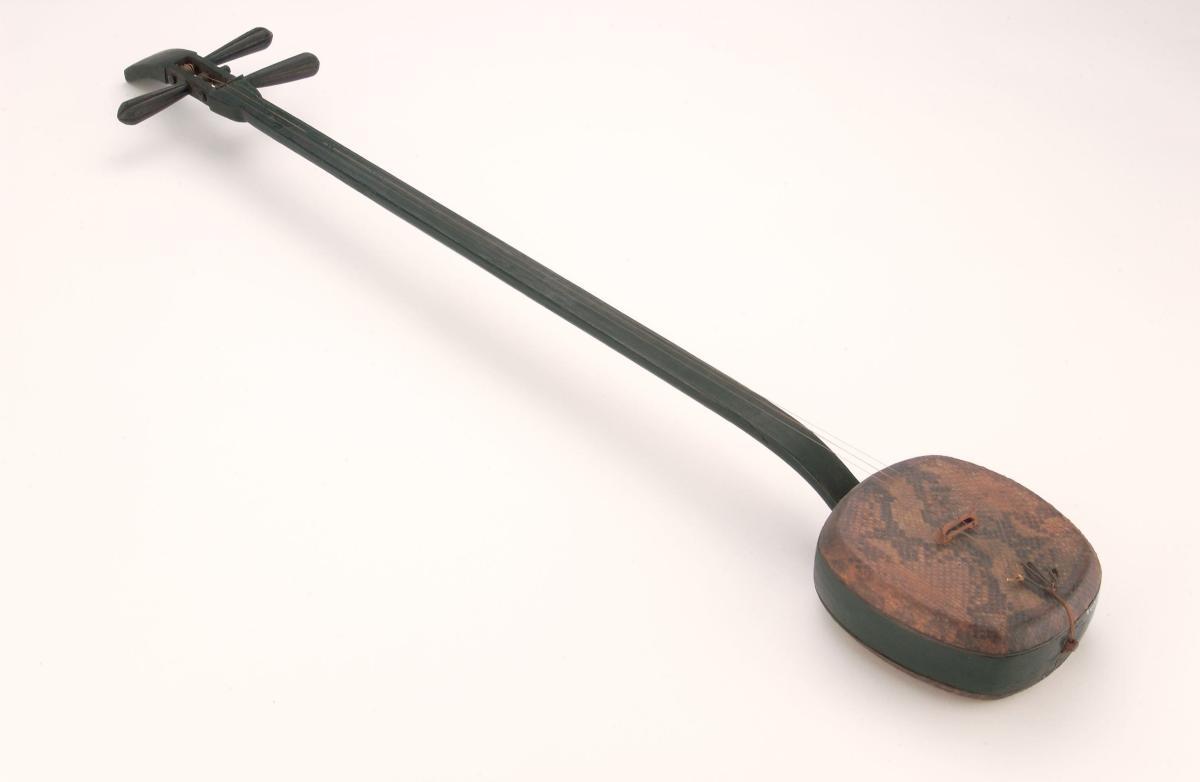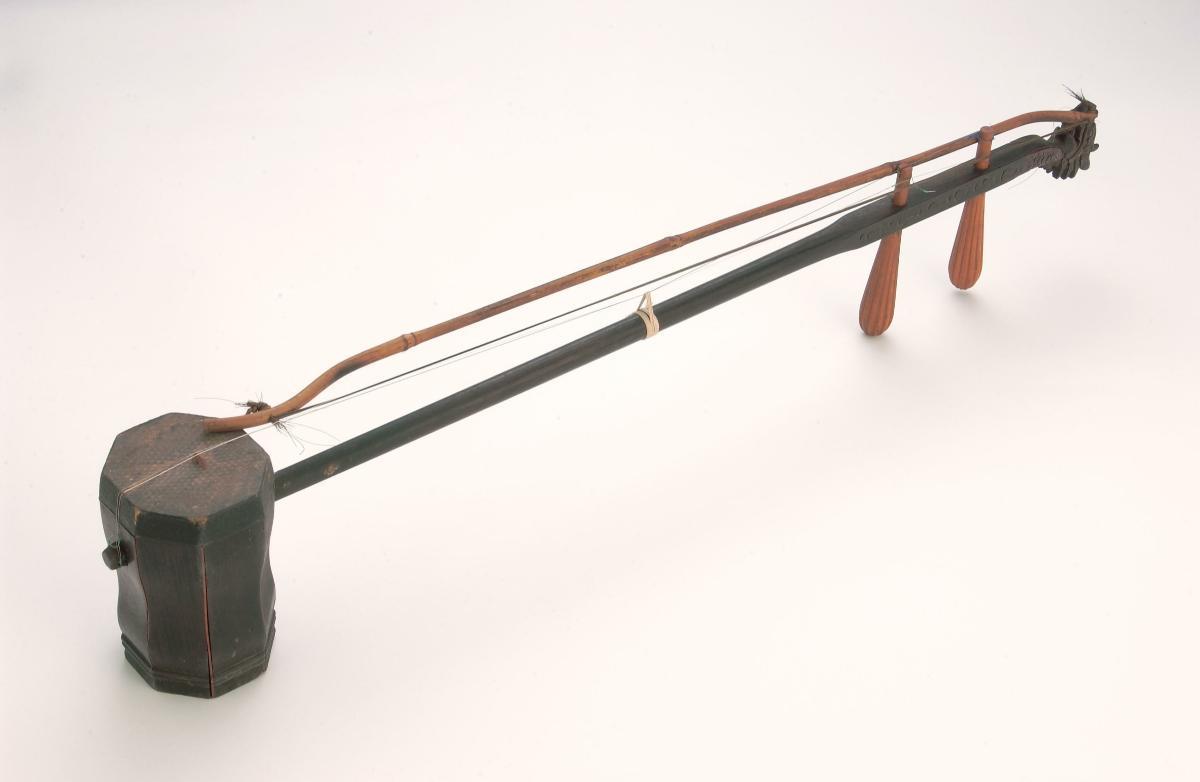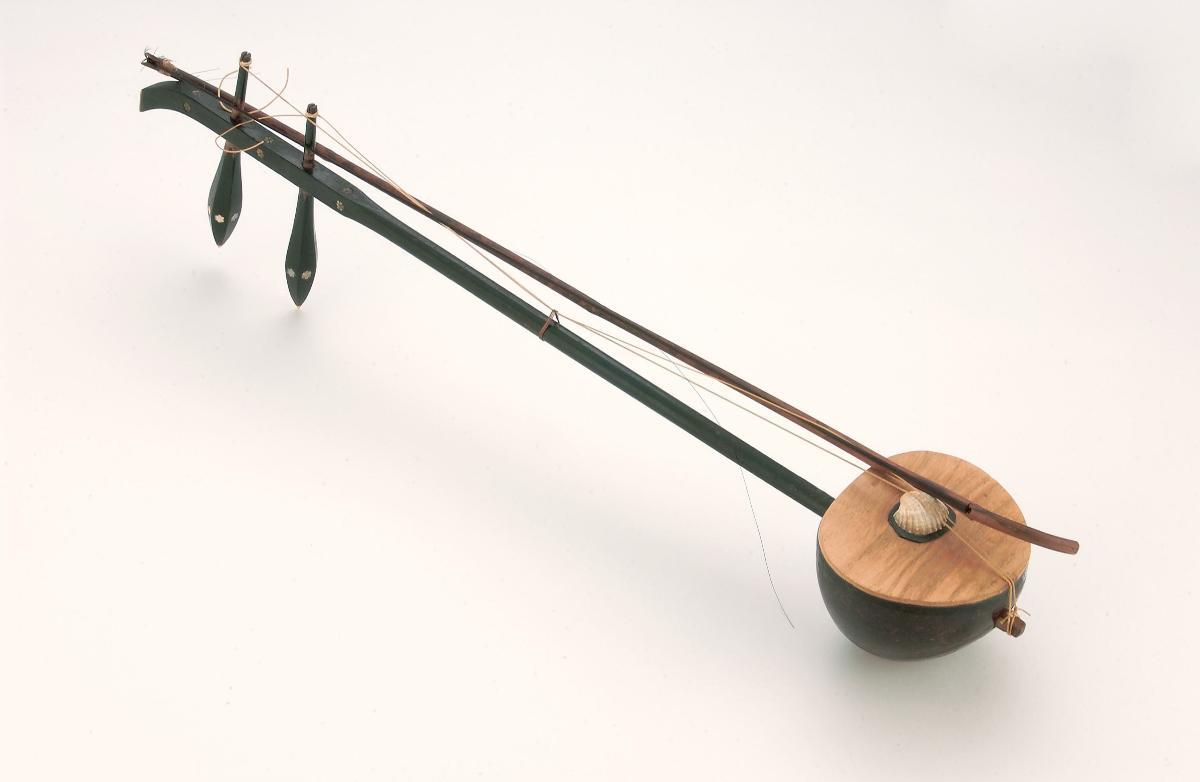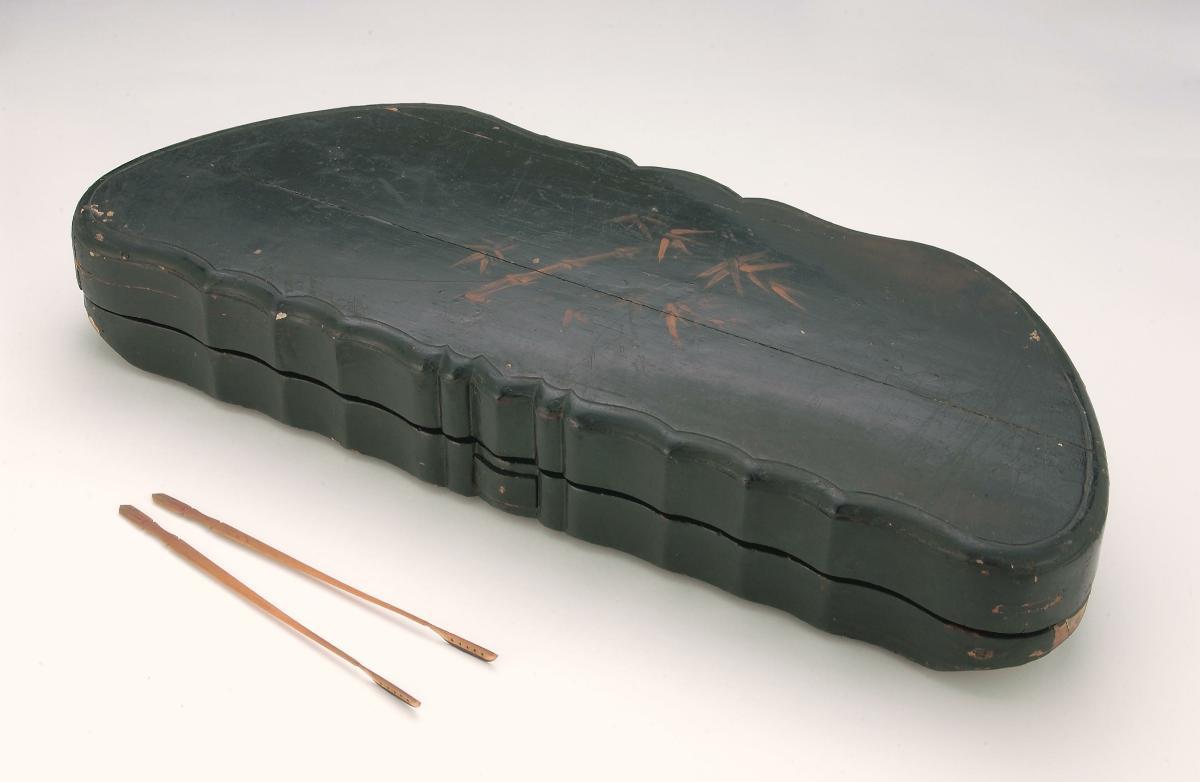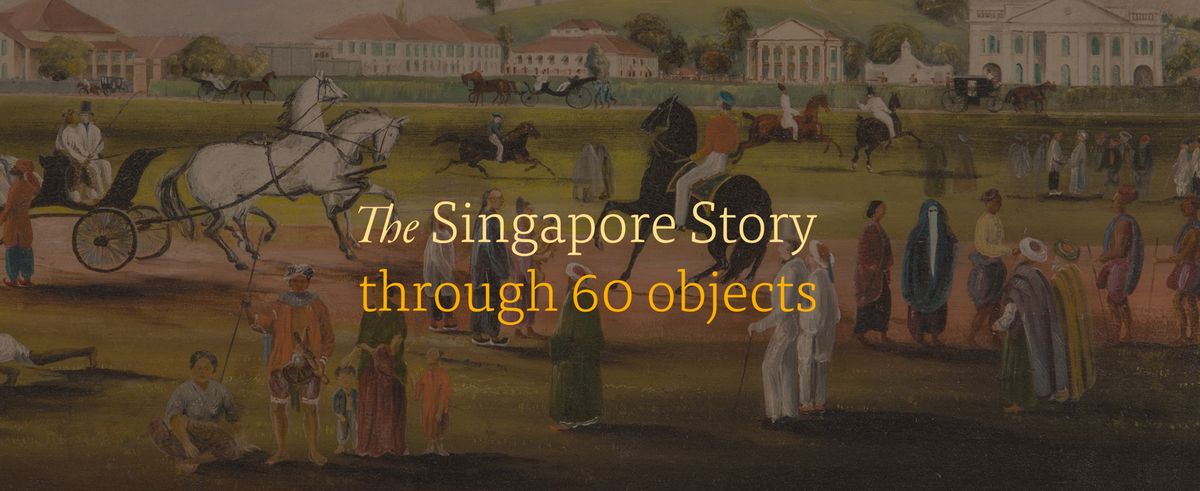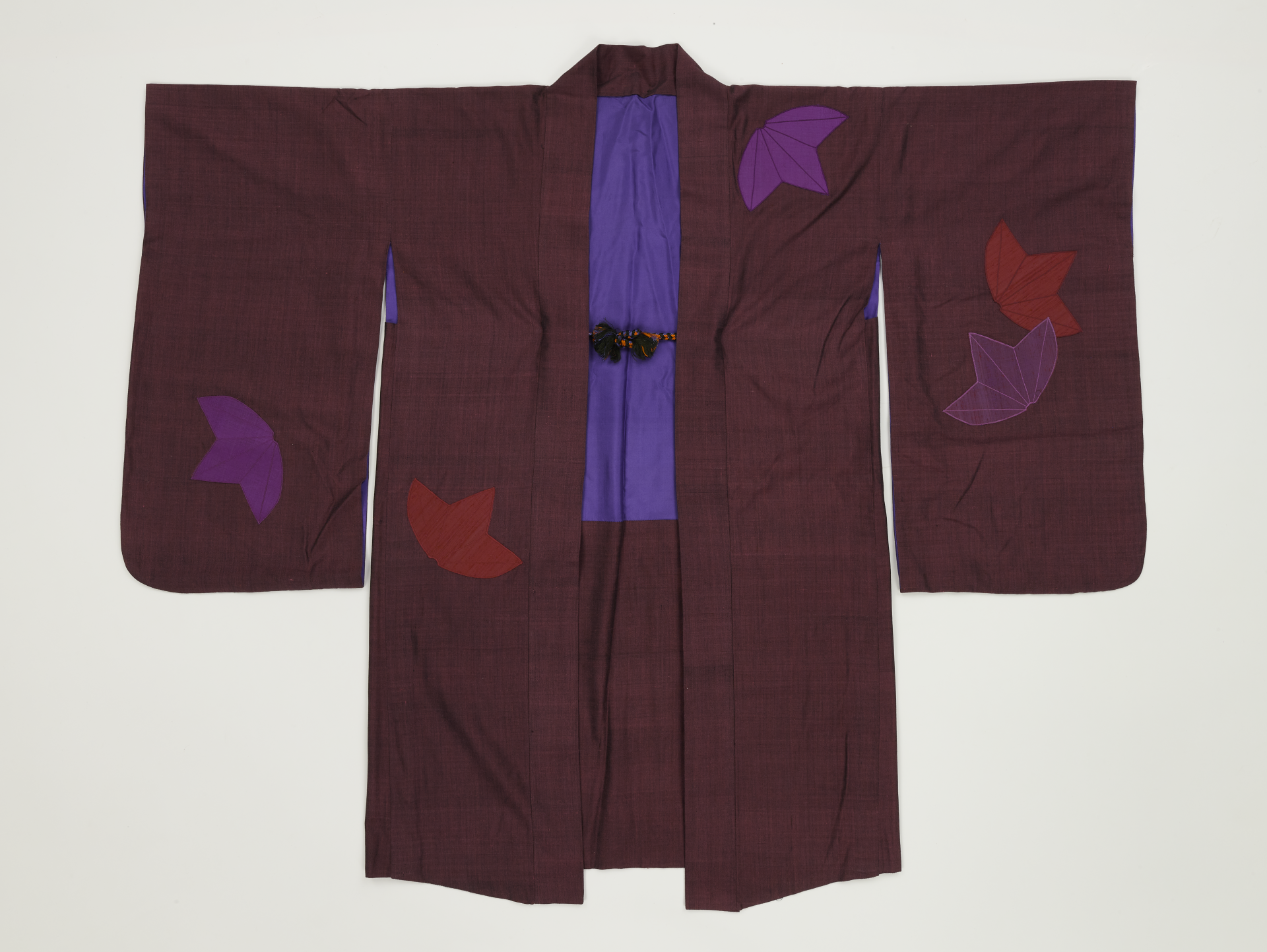The sanxian (literally "three strings") is a long-neck lute with a snake skin covered body. The sanxian was probably introduced into China from Central Asia sometime around the 14th century. It is often featured in folk music and opera, and used as an accompaniment to narrative singing. This instrument originally belonged to the Er Woo Amateur Musical and Dramatic Association, which was formed in 1912 by a group of Teochew businessmen in Singapore. The Association sought to promote Han opera and music, which originated in Hubei, China, in the 16th century. These art forms gradually spread and by the 19th century, they had gained popularity among the Hakka and Teochew communities in Guangdong province.




